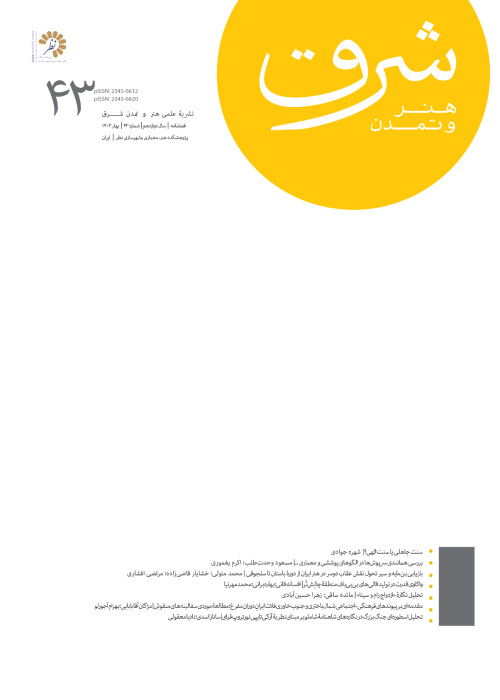Tradition Vs Modernity in the Mosques of Pakistan Revisited
Mosques unquestionably reflect the most significant aspect of religious architecture in the Islamic world. Shortly after the emergence of Islam, it was quickly embraced by numerous nations and had a profound impact on every aspect of people’s social and private lives. After the presence of Muslims, the Indian subcontinent was among the communities that were strongly influenced by Islam and its architecture changed. The purpose of this study is to examine the structure of traditional and contemporary mosques in Pakistan from a typological perspective to answer the following questions: a) what is the typology of traditional and contemporary mosques in Pakistan? b) How do traditional and modern architectural styles manifest themselves in the mosques? For this purpose, based on bibliographic resources, traditional mosques were identified and then five important mosques in Pakistan reflecting different traditional styles were selected. Similarly, five contemporary mosques and their characteristics were studied. Then, using an analytical-descriptive method, each case study was scrutinized, and the characteristics of each style were presented. Finally, through a comparative study, the features of traditionalism and modernism in the mosques of this country were investigated. The results showed that the architecture of Pakistani mosques underwent many changes in the transition from traditionalism to modernism, and the architectural styles of their mosques were subject to changes since the attitude and way of thinking of their architects were influenced by Western architecture. The traditional mosques of this country have two types of courtyards: a Shabestan with a courtyard and a four-iwan courtyard. Its modern mosques are of four types: formalist, purist, eclectic, and local. Moreover, it seems that contemporary Pakistani architects seek a new interpretation of the architectural elements of traditional mosques in the modern world. However, in most cases, they have not succeeded in this area and their architecture has completely separated tradition from modernity.
- حق عضویت دریافتی صرف حمایت از نشریات عضو و نگهداری، تکمیل و توسعه مگیران میشود.
- پرداخت حق اشتراک و دانلود مقالات اجازه بازنشر آن در سایر رسانههای چاپی و دیجیتال را به کاربر نمیدهد.


